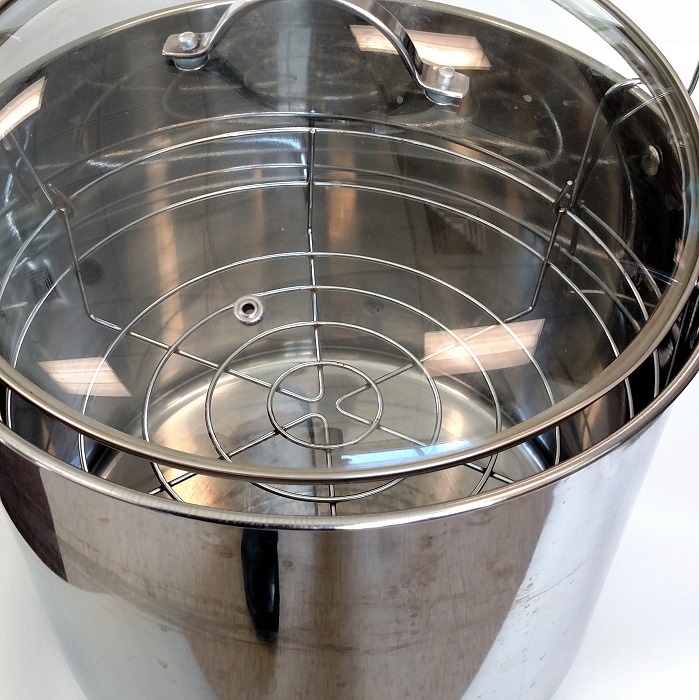
Summer’s bountiful harvest is here, so I have canning on the brain! Using proper equipment when you preserve is a key ingredient to achieving a product that is both safe to eat and high quality. For those new to canning, the prospect of new equipment can be overwhelming, but in many cases you can make do with items you already have. For experienced canners, now is a great time to check your equipment.
Boiling-Water Canner:
A special canner isn’t needed for boiling-water canning; a large aluminum stockpot with a tight-fitting lid will do. The pot must be deep enough to accommodate a rack underneath your jars and at least 1 to 2 inches of boiling water above the jars. If you are using an electric stove the pot must have a flat bottom.
Pressure Canner:
When pressure canning, use a dedicated stovetop pressure canner with modern safety features. Dial gauges should be tested before first use, and
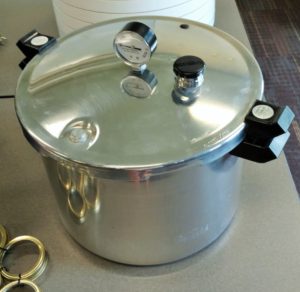
annually thereafter for accuracy. (Contact your Extension office for on-site testing.) Don’t use an electric pressure cooker for pressure canning, even if there is a “canning” or “steam canning” function. We haven’t seen enough research to vouch for the safety of these methods, particularly with the considerations of preserving at high altitude.
Rack:
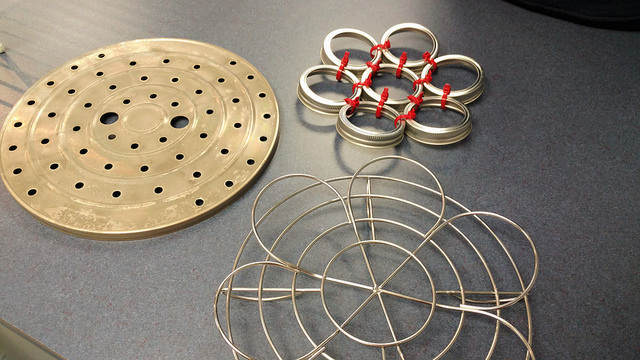 A rack is essential for canning! Jars that sit directly on the bottom of the canner can crack. You can purchase a dedicated rack, or fashion one of your own making from canning rings or aluminum foil.
A rack is essential for canning! Jars that sit directly on the bottom of the canner can crack. You can purchase a dedicated rack, or fashion one of your own making from canning rings or aluminum foil.
Jars: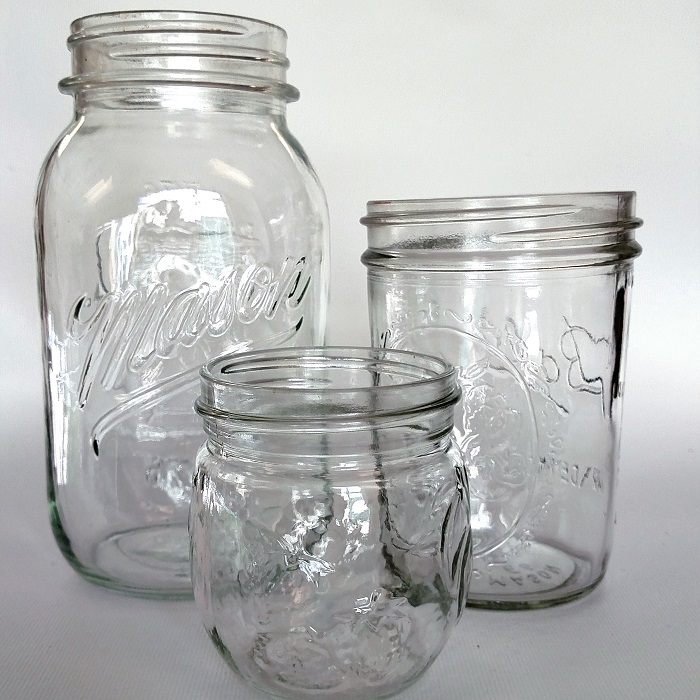
Mason jars are preferred to get the best results with the least breakage. Reuse jars as long as they are clean and free of chips and cracks.
Lids and rings: 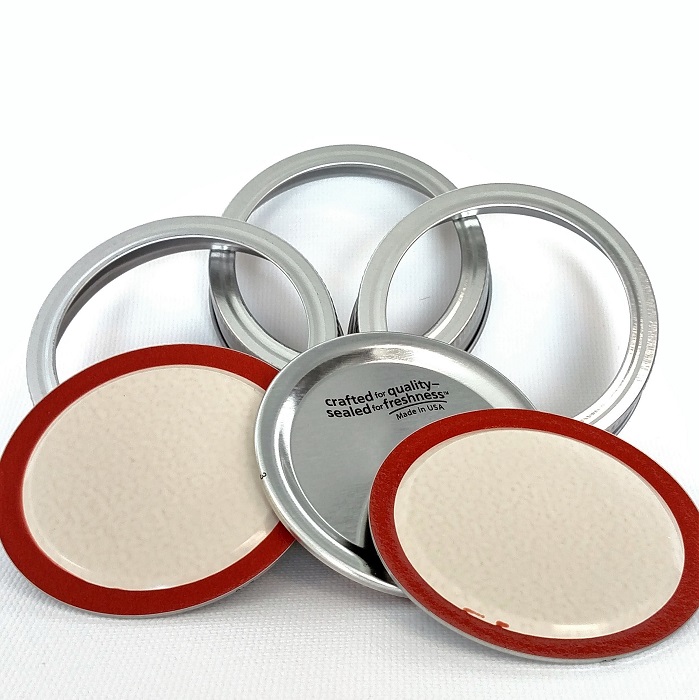
We recommend two-part lid system including the ring and self-sealing lids. Self-sealing lids can only be used one time for processing. Use metal screw bands repeatedly, as long as they are not dented, deformed, or rusty.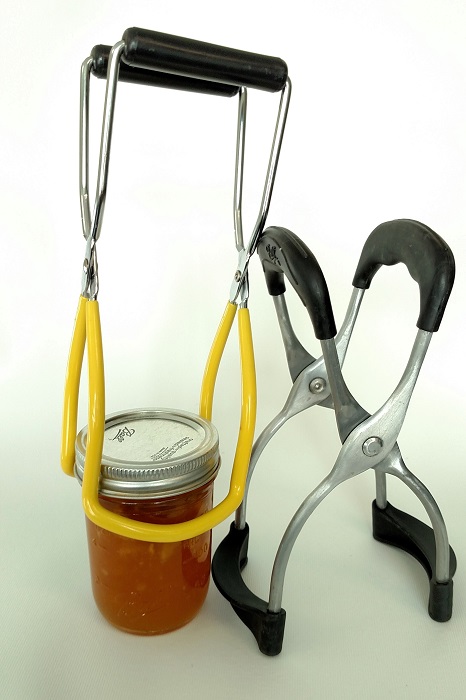
Jar lifter:
A dedicated jar lifter, sized just right for grasping jars, makes moving jars in and out of boiling water much easier and safer.
Other helpful kitchen tools include:
- Wide-mouthed funnel
- Ladle
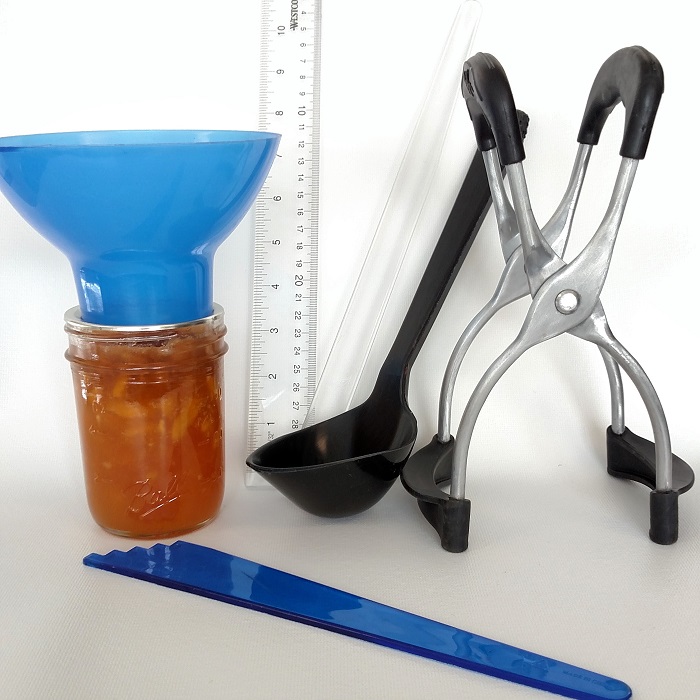
- Bubble freer, chopstick, or plastic knife to remove air bubbles (do not use metal)
- Ruler or plastic head space tool for accurately measuring headspace
Check out the National Center for Home Food Preservation or CSU Extension’s NEW Preserve Smart website/app for additional preservation information and recipes.
Let us know what you’re canning or if you have questions in the comments below!


Thanks for the comprehensive list of canning supplies. I have read the the newest Instapots claim that you can use them for pressure canning. What are your thoughts on that?
Hi Karen, At this time, we do not recommend canning in electric, multi-cooker type appliances even if they have instructions for canning. More information and reasons why canning in these appliances could be unsafe here: https://nchfp.uga.edu/publications/nchfp/factsheets/electric_cookers.html